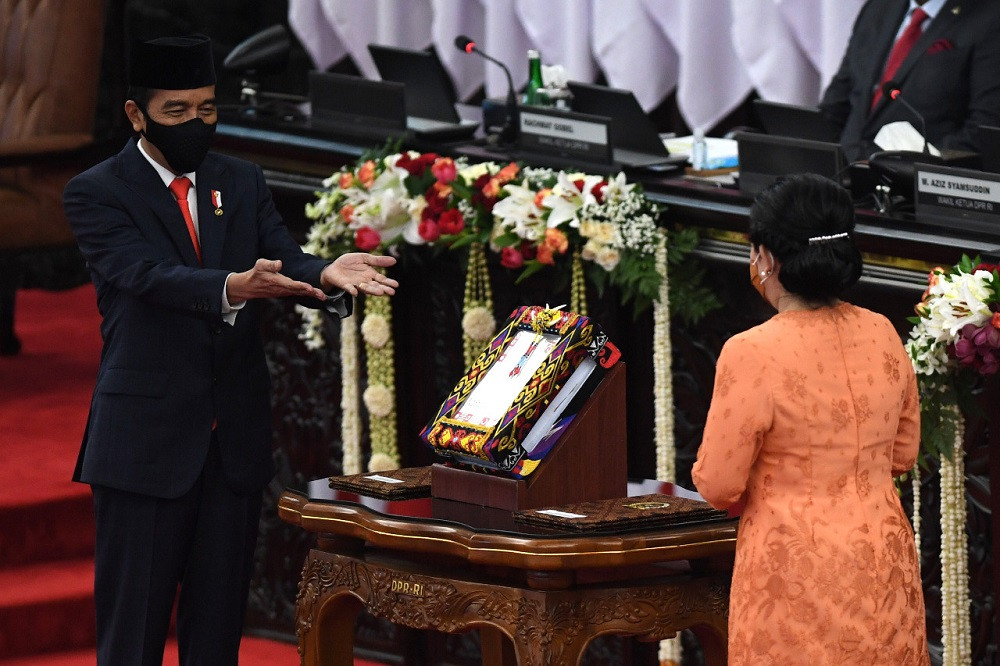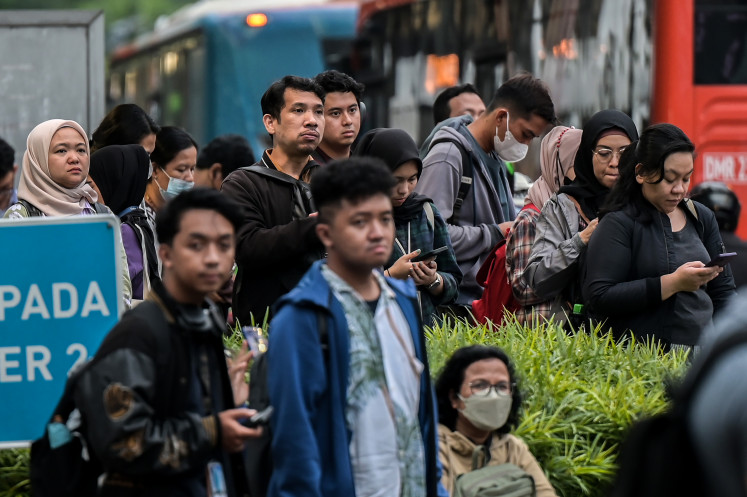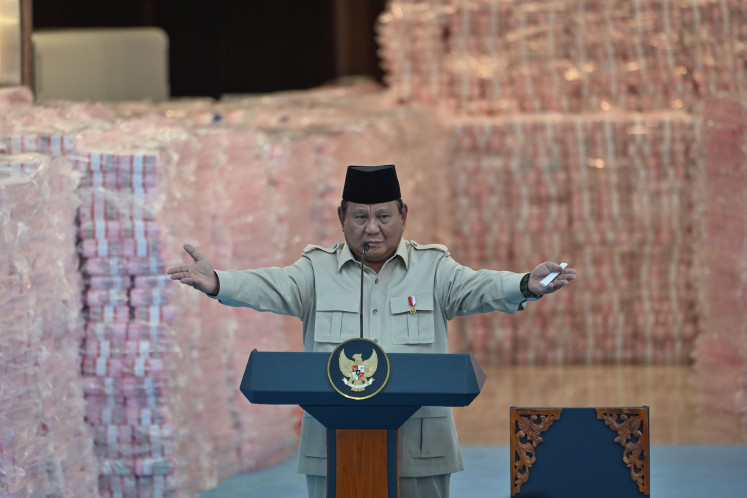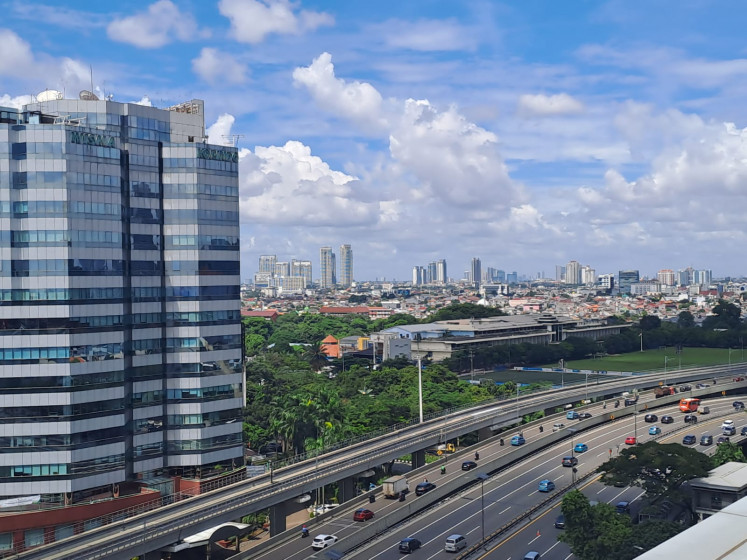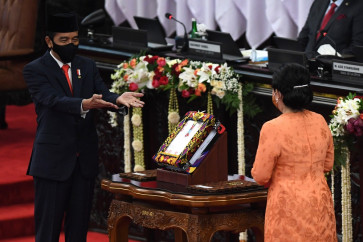Popular Reads
Top Results
Can't find what you're looking for?
View all search resultsPopular Reads
Top Results
Can't find what you're looking for?
View all search resultsMinistries need more info to expedite budget execution
In order to increase the likelihood of compliance and speedy execution of the budget, unclear messages should be clarified, while clarity and consistency of policies and goal congruence among budget executors should exist.
Change text size
Gift Premium Articles
to Anyone
T
o address the impact of the COVID-19 pandemic, the government has increased the 2020 state budget to a total of Rp 2.73 quadrillion (US$188 billion), including Rp 695.2 trillion for economic recovery programs (PEN). However, although 45.7 percent of the budget had been disbursed as of July, spending in the PEN component remained quite low.
The execution of the state budget starts with the enactment of the budget execution document (DIPA). In the DIPA, the budget established by law is broken down into line items of ministry budget ceilings. If a fiscal stimulus is added to the budget, the DIPA must be revised. Revision of the DIPA is required before fiscal stimulus funds can be released to various ministries, departments, agencies and regional governments enumerated in the budget.
The PEN budget is of particular importance because it aims to address the COVID-19 pandemic and help the economy recover. The PEN budget is grouped into six categories: the health sector, which will receive 12.5 percent of the funds, social protection (29.4 percent), sectoral line ministries and regional governments (15.3 percent), support for MSMEs (17.75 percent), financing for corporations (7.70 percent) and business incentives (17.35 percent).
In the health sector, the PEN budget is distributed to different ministries, such as the Health Ministry, the Defense Ministry, the National Police and the National Disaster Mitigation Agency (BNPB). The same applies to other categories of the PEN budget, where the money is allocated to several government agencies. That means the PEN budget will be allocated not through just one DIPA but a number of DIPAs managed by ministries and their respective working agencies.
After the DIPAs are revised and approved, the money should be distributed and paid to target beneficiaries (e.g. households, businesspeople, corporations, line ministries and regional governments) throughout the archipelago.
The next stage of the budget execution is known as “commitment making”, in which purchase orders are made and contracts are signed. After commitment making, the budget can only be disbursed, or the payment check (SP2D) can only be issued, by the Finance Ministry based on government agency initiatives in the form of payment order (SPM) letters. Checks are issued at the Finance Ministry and also at State Treasury Service Offices (KPPN).
The pressing question is what needs to be done to expedite the disbursement of funds. As the budget execution process involves numerous actors, delays in payments, administrative issues and bottlenecks cannot be viewed only as a problem of organizational management, such as bureaucratic incompetence. Instead, budget execution should be conceptualized as an implementation subsystem full of messages, messengers, channels and targets. In order to increase the likelihood of compliance and speedy execution of the budget, unclear messages should be clarified, while clarity and consistency of policies and goal congruence among budget executors should exist.

